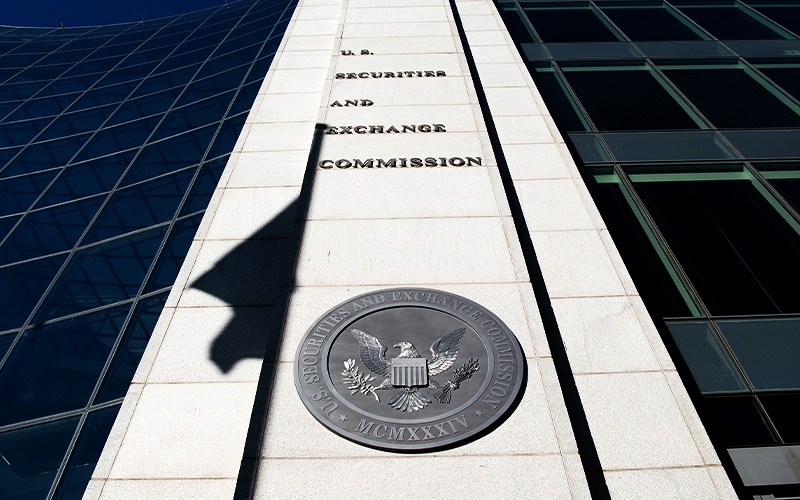The Securities and Exchange Commission (SEC) of the United States is pressuring companies to identify the crypto assets held on behalf of users on their balance sheets as liabilities.
The US SEC issued guidance as the Staff Accounting Bulletin stating that firms should disclose the risks associated with those crypto assets to the investors.
- Technical risks — There are dangers associated with both asset safeguarding and fast changing crypto-assets in the market that are absent from conventional arrangements to preserve assets for third parties.
- Legal risks — There are considerable legal questions regarding how such arrangements would be considered in a court proceeding stemming from an adverse event due to the unique qualities of the assets and the absence of legal precedent (e.g., fraud, loss, theft, or bankruptcy).
- Regulatory risks –– There are significantly fewer regulatory requirements for holding crypto-assets for platform users than there are for many common arrangements to safeguard assets for third parties, or entities may not be complying with regulatory requirements that do apply, resulting in increased risks to investors in these entities.
Although, there is a well-established norm for securing traditional assets on behalf of clients under accounting standards, there is no specific standard for safeguarding crypto assets, and crypto companies treat them differently.
Companies should also report the nature and amount of crypto assets they are responsible for holding, with separate disclosures for each important crypto asset, as well as any vulnerabilities emerging from such concentration.
Despite the fact that crypto firms are presently the primary providers of these services, the guidance will apply to any banks or other financial institutions who enter the crypto sector.
Last month US President, Joe Biden signed an Executive Order to watch over cryptocurrency. It directed the Federal Reserve to examine the crypto space and find out whether the Central Bank should take a dive into crypto space and develop their own CBDC.






